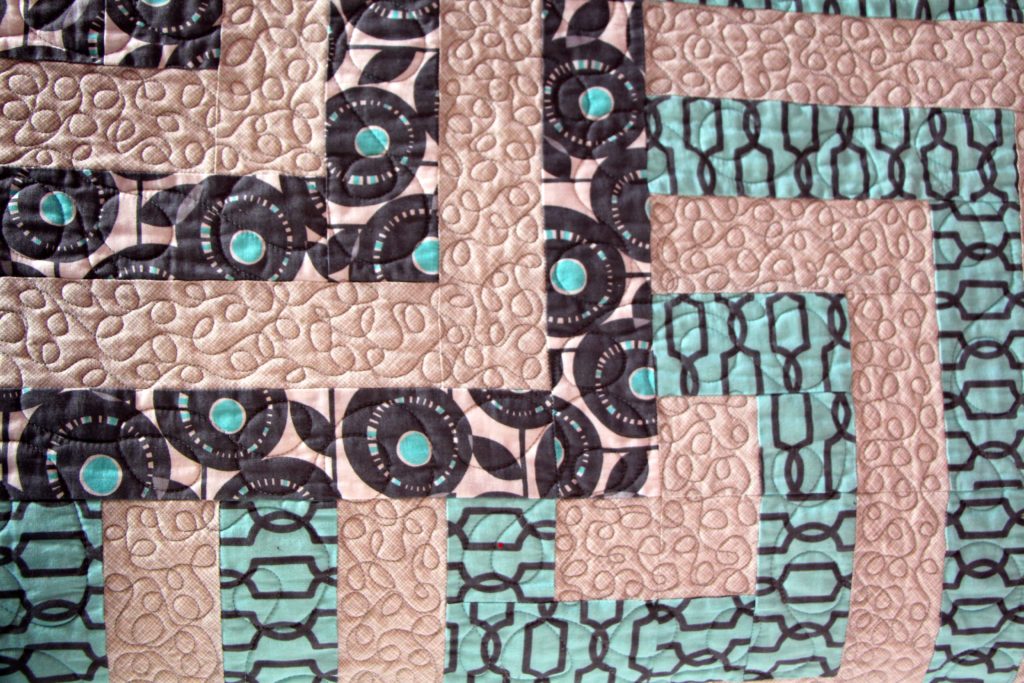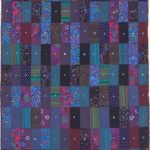
Quilt as desired, is that at the end of every quilt pattern? I think so! That can be daunting if you are a new quilter and challenging if you have been quilting for a few years. In this series of posts, lets talk about a couple of options and how to find the right quilting design for you.
The purpose of quilting is mainly functional as some sort of stitching needs to take place to secure the quilt top, batting and backing together. That can be done with a sit down sewing machine or a longarm. Many quilters are able to complete their projects on their sewing machines. Table toppers, runners, wall hangings and small quilts can usually be completed nicely this way. Larger quilts can be much more challenging and sometimes impossible to quilt on a sit down machine. I have tried this in the past. I think the quilt was about 50 x 50 inches and I stopped when I was about half way done and gave up in frustration and told myself, I am not attempting that again as the quilt was to big. For the larger quilts it is easier to manage them and quilt them on the frame using a longarm.
So how does one decide on a quilting pattern? You can start by asking yourself about the purpose of this quilt. Will it only hang on the wall, that would be a display quilt. With this one you may have a design, such as a flower or a star in your quilt that machine quilting it in a certain way would emphasize these elements. Stippling or echoing around the design will produce this effect. This photo shows the use of loop stippling in the background to emphasis the block lines which have a simple loose quilting pattern. This type of contrast quilting will add visual depth and texture to your project as well.


Another consideration when choosing a design for your quilt is, will the quilting actually be visible? For example, if your quilt is mostly dark print fabrics and you choose a dark matching thread for the quilting, chances are you will not even see it. I ask my customers to consider this if they are asking for a complex pantograph or a custom quilting design. I will gladly do any pattern they request, but consider the cost, especially if you won’t even be able to see the quilting. In this case it may be ok to use a simple, more cost effective design and choose to do the custom quilting on quilts where it will really add that extra pop to your project!
I have talked about just two options to consider when deciding how to “Quilt as Desired” as there will be many more to discuss. The most important decision to make is, how do you want it quilted? These are only suggestions based on my experience. What really matters is your opinion and be sure to keep that in mind when you take your quilt to the longarm quilter. What questions do you have for me? I would be happy to answer them based on my experience!
